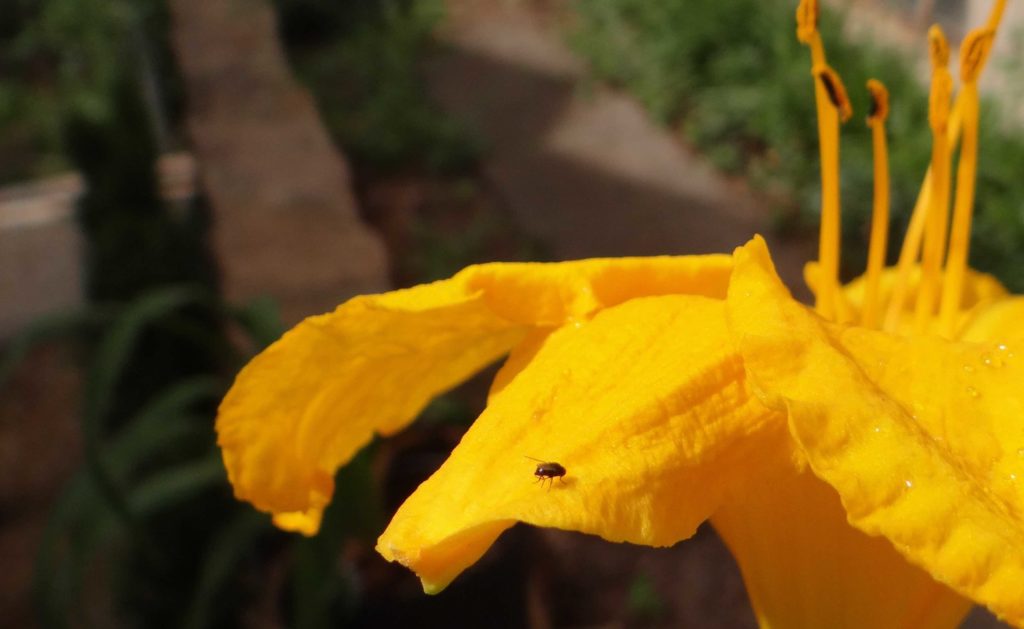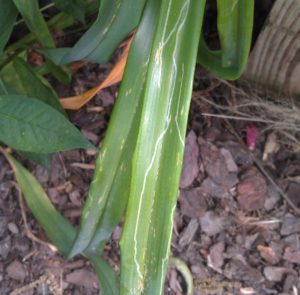Daylily Leafminer Causing White Streaks on Daylilies
go.ncsu.edu/readext?459974
en Español / em Português
El inglés es el idioma de control de esta página. En la medida en que haya algún conflicto entre la traducción al inglés y la traducción, el inglés prevalece.
Al hacer clic en el enlace de traducción se activa un servicio de traducción gratuito para convertir la página al español. Al igual que con cualquier traducción por Internet, la conversión no es sensible al contexto y puede que no traduzca el texto en su significado original. NC State Extension no garantiza la exactitud del texto traducido. Por favor, tenga en cuenta que algunas aplicaciones y/o servicios pueden no funcionar como se espera cuando se traducen.
Português
Inglês é o idioma de controle desta página. Na medida que haja algum conflito entre o texto original em Inglês e a tradução, o Inglês prevalece.
Ao clicar no link de tradução, um serviço gratuito de tradução será ativado para converter a página para o Português. Como em qualquer tradução pela internet, a conversão não é sensivel ao contexto e pode não ocorrer a tradução para o significado orginal. O serviço de Extensão da Carolina do Norte (NC State Extension) não garante a exatidão do texto traduzido. Por favor, observe que algumas funções ou serviços podem não funcionar como esperado após a tradução.
English
English is the controlling language of this page. To the extent there is any conflict between the English text and the translation, English controls.
Clicking on the translation link activates a free translation service to convert the page to Spanish. As with any Internet translation, the conversion is not context-sensitive and may not translate the text to its original meaning. NC State Extension does not guarantee the accuracy of the translated text. Please note that some applications and/or services may not function as expected when translated.
Collapse ▲The Daylily leafminer is a recent pest from Asia. It was first detected in 2006 but has now spread through much of the Southeast including North Carolina. I spotted the first mines of the year this week.
This small black fly lays its eggs in daylilies leaving a linear brown scar. The larvae produce relatively straight white mines that are parallel to the leaf veins. Pruning infested leaves may help prevent the larvae from maturing and infesting new leaves but this fly seems so ubiquitous that it is probably a futile effort.
There is not much efficacy data available for this specific leafminer. However, materials already registered for other leafminers such as abamectin, spinosad, and others in the new Southeastern Pest Control Guide for Nursery and Landscape Plants could help. More information about this pest is on our research page.




